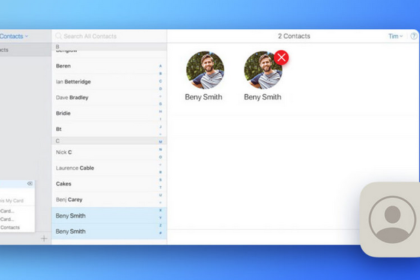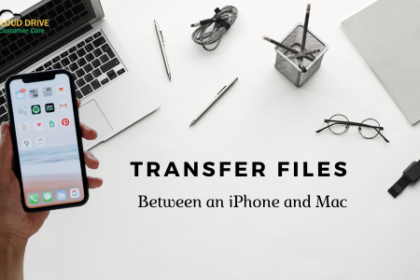One of the most significant new iCloud features is advanced data protection. It enhances its cloud computing service with additional encryption and is compatible with iOS 16.2. Here is a detailed explanation of how the new service functions and how to configure it on the iPhone 14 Pro and other compatible devices, including all of the finest iPhones and iPads.
Apple has dedicated itself to offering market-leading data security for its goods and services for many years. This attention has largely been on iCloud, the backup and cloud computing service from Cupertino. Apple has increased the number of sensitive data categories that use end-to-end encryption to 23 with the activation of iCloud Data Protection. It now also comes with iCloud Backup, Notes, and Photos.
Only iCloud Mail, Contacts, and Calendar are no longer protected by end-to-end encryption because of the change. This is due to “the requirement to interoperate with the worldwide email, contacts, and calendar systems,” according to Apple.
Advanced Data Protection Setting
Advanced Data Protection is an optional setting that isn’t enabled by default. When enabled, only your trusted devices can access your iCloud data. This indicates that neither Apple nor hackers can decode your data.
The Advanced Data Protection support paper from Apple (opens in a new tab) says that, once the service is on, your trusted device executes two tasks. It first communicates with your other compatible devices to confirm that you want end-to-end encryption on iCloud. As part of this procedure, the iCloud Keychain is programmed.
Second, it reinstalls the iCloud authentication tools that were previously set up in Apple data centers. This “deletion is immediate, permanent, and irrevocable,” according to Apple. After the removal, Apple will no longer be able to access your end-to-end encrypted iCloud data.
Lastly, Apple claims, “New data written to the service cannot be encrypted using the old service key after the service key rotation is accomplished.” “It is secured with a new key that was never made available to Apple and is only managed by the user’s trusted devices.”
Advanced Data Protection Requirements
The use of advanced data protection is subject to certain conditions. These consist of:
- Two-factor authentication needs to be turned on already.
- Your Apple ID devices need to be logged in.
- At least iOS 16.2, iPadOS 16.2, macOS 13.1, tvOS 16.2, watchOS 9.2, and the most recent iCloud for Windows version must be installed on each of your devices.
- The last step is to implement at least one alternate recovery strategy. a recovery key or a few recovery contacts These are necessary to restore iCloud data in the event that access is lost for any reason.
ENABLED ADVANCED DATA PROTECTION
With an iPhone running iOS 16.2 or later, Advanced Data Protection can be activated using the best possible method. the following steps:
- On your iPhone, tap the Settings application.
- Select your name at the page’s top.
- Decide on iCloud.
- Select Advanced Data Protection as you scroll down.
- Press the “Advanced Data Protection” switch.
- Set Up Account Recovery is an option.
You have the option of creating a recovery key or designating a recovery contact. If you lose access to your iCloud connection, you’ll need to remember your choice.
For the active page, add a recovery contact:
7. then choose Add Recovery Contact
8. Choose Add Recovery Contact once more.
9. You can add a new contact or choose one from your current Apple Family list.
After that:
10. At the top right, select Next.
11. Select Send. When you do, the other party will receive an SMS asking them to accept the role of your recovery person. To complete the acceptance, they too must have a compatible device.
12. Go back to Step 3 if you’d prefer to produce a recovery key, and after that:
- Select the recovery key.
- Turn on the recovery key.
- Click “Use recovery key” to confirm your choice.
After that:
- Enter the passcode for your iPhone.
- On the following screen, make a note of the recovery key and keep a copy somewhere safe.
- Select Continue.
- Enter the recovery key by hand.
- Click Next.
Your recovery key has now been activated, so that’s it. Keep a physical duplicate of this key somewhere; I’ll say it again. This is not anything that Apple has on file. End-to-end encryption will now be used in iCloud to safeguard 23 categories of sensitive data.
Advanced Data Protection Offset
- At any moment, you can disable Advanced Data Protection by:
- On your iPhone, tap the Settings application.
- Select your name at the page’s top.
- Decide on iCloud.
- Select Advanced Data Protection as you scroll down.
- Hit “Advanced Data Protection” off. Go on to the next instructions.
A strong start
At the end of 2022, data protection will be introduced in the US. Early 2023 will see its introduction to the rest of the world. When Apple publishes iOS 16.2 and other software updates in the upcoming weeks, we’ll update this article to reflect any changes that might occur between now and then. For more help, you can get Apple iCloud support from us.






